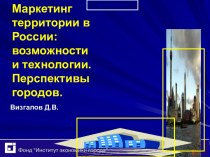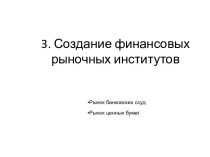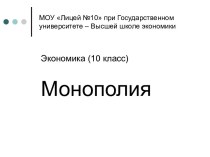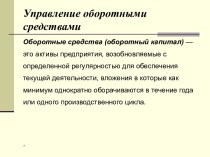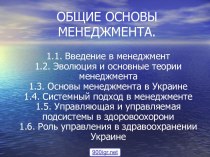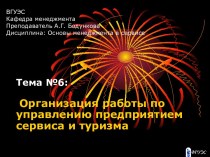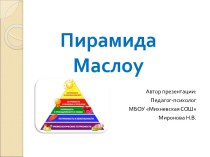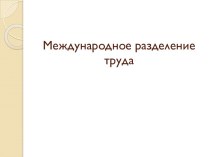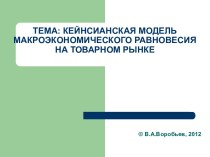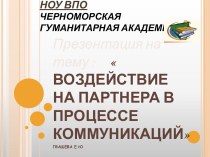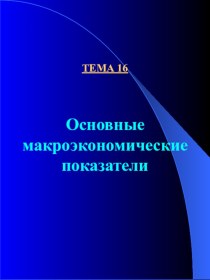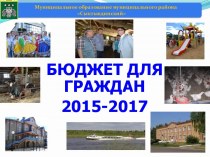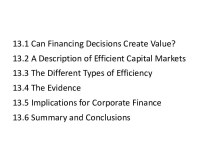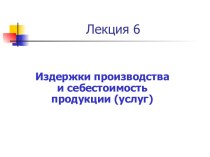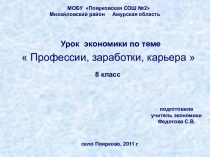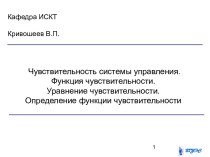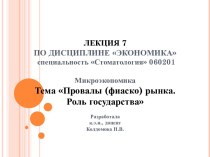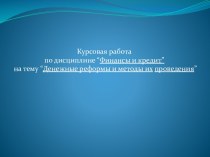- Главная
- Разное
- Бизнес и предпринимательство
- Образование
- Развлечения
- Государство
- Спорт
- Графика
- Культурология
- Еда и кулинария
- Лингвистика
- Религиоведение
- Черчение
- Физкультура
- ИЗО
- Психология
- Социология
- Английский язык
- Астрономия
- Алгебра
- Биология
- География
- Геометрия
- Детские презентации
- Информатика
- История
- Литература
- Маркетинг
- Математика
- Медицина
- Менеджмент
- Музыка
- МХК
- Немецкий язык
- ОБЖ
- Обществознание
- Окружающий мир
- Педагогика
- Русский язык
- Технология
- Физика
- Философия
- Химия
- Шаблоны, картинки для презентаций
- Экология
- Экономика
- Юриспруденция
Что такое findslide.org?
FindSlide.org - это сайт презентаций, докладов, шаблонов в формате PowerPoint.
Обратная связь
Email: Нажмите что бы посмотреть
Презентация на тему Capacity and Demand (Lecture # 10)
Содержание
- 2. A problemAUA average power consumption rate is:
- 3. SolutionAnswer:75 kW? 120 kW? 195 kW? Or?Answer: Solve an optimization problem.
- 4. Capacity & DemandInvestment is needed to add
- 5. Capacity & DemandPower shortage means:Peak demand > Installed capacityEnergy shortage means:Not enough fuel to generate power.
- 6. Load curvesElectric power demand = loadLoad curves, regular (periodic):DailyWeekly Seasonal Per shift, other…?Plus a stochastic component.
- 7. Seasonal
- 8. Daily Peak Demand Annual Frequency Histogram
- 9. Daily
- 10. Capacity factor (CF) Actual
- 11. Hydropower
- 12. Comparison
- 13. PV capacity factor1kW of PV produces always
- 14. Energy Shortage: Two ApproachesConstruction of new capacities - supply side.Conservation, Load leveling – demand side.
- 15. Peak vs. Average vs. BaseAUA peak is:75 kW? 120 kW? 195 kW? Or?Average is another number…
- 16. CountrywisePeakAverage Base
- 17. PeakAll powerplants, all generation capacities are operating.We
- 18. BaseConsumption never goes below certain amountMetsamor NPP is providing the base power.
- 20. 2011Ã.-Ç Ñ½áñáõÃÛ³Ý ¨¿É»Ïïñ³¿Ý»ñ·Ç³ÛÇ Ñ³ßí»ÏßÇé
- 21. ¾É»Ïïñ³¿Ý»ñ·Ç³ÛÇ Ñ³ßí»ÏßÇé
- 22. Average is in Between!Thus one needs:BASE, stabile,
- 24. RenewableWind (CF
- 26. Load leveling is a method for reducing large fluctuations in power demand
- 27. Load Leveling - DSMDemand Side Management, the
- 28. Elasticity % Demand ChangeE(d) = % of Price Change
- 29. Load Leveling - SSMSupply Side Management, the
- 30. European policyIn 2007, the EU was importing
- 31. Energy Market
- 32. Dispatching
- 33. StorageHydro-PumpNatural gasThermalHydrogen
- 34. Storage
- 35. Load levelling – pumped hydro storage
- 36. Load levelling – pumped hydro storage
- 37. RA gasification level ~94%Length of the main pipelines 14
- 38. Load levelling – EV fleet
- 39. Скачать презентацию
- 40. Похожие презентации
A problemAUA average power consumption rate is: 75 kW.Large Auditorium Lighting ONLY takes: 120 kW.Size a gas driven generator.
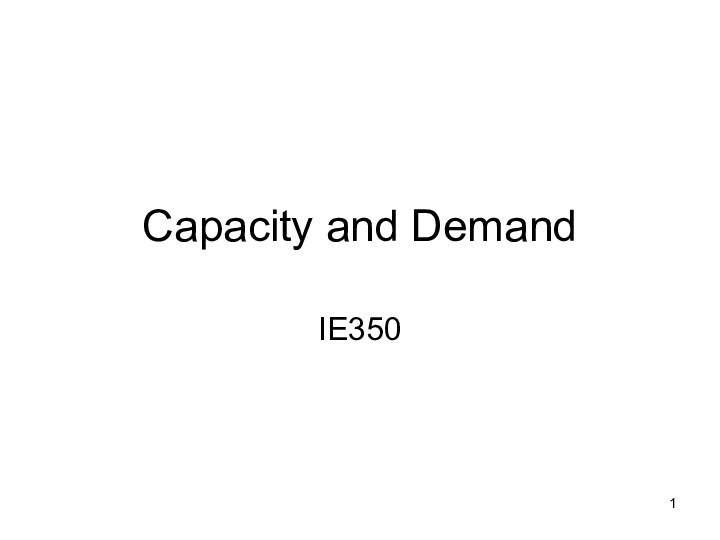
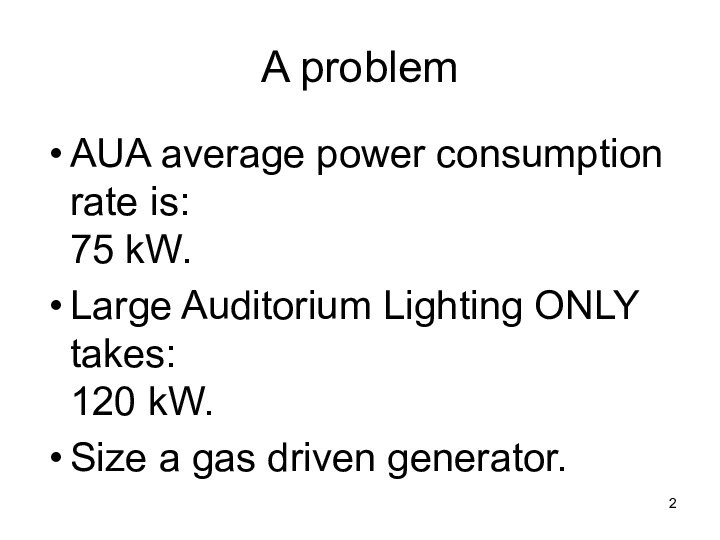
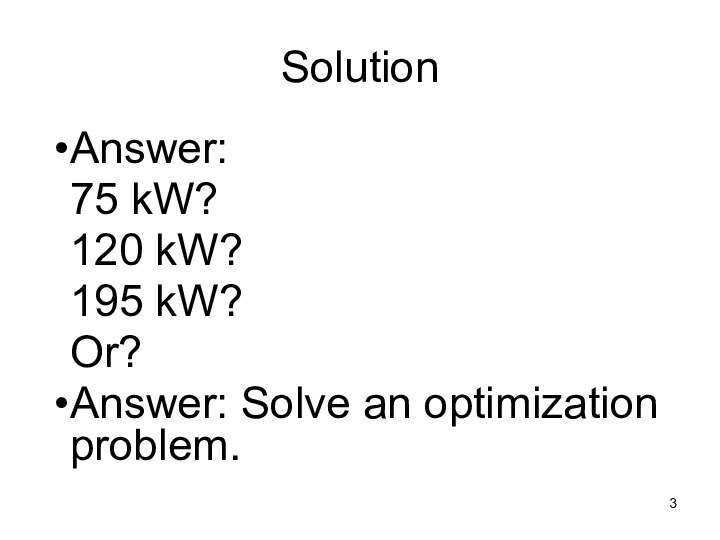
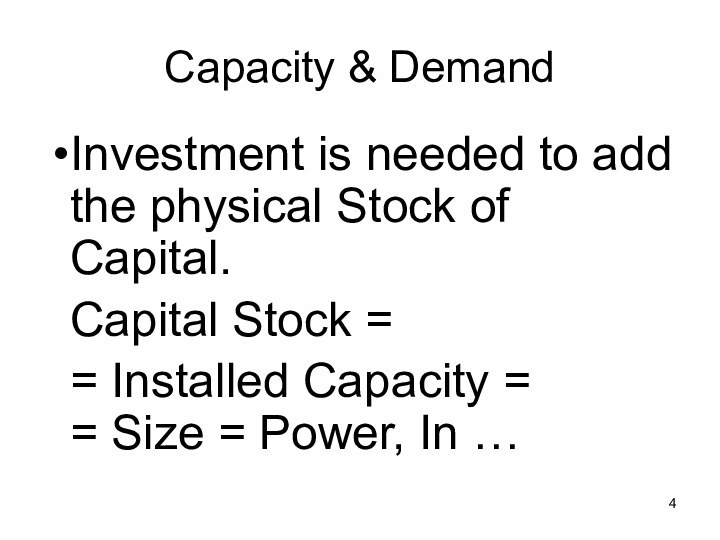



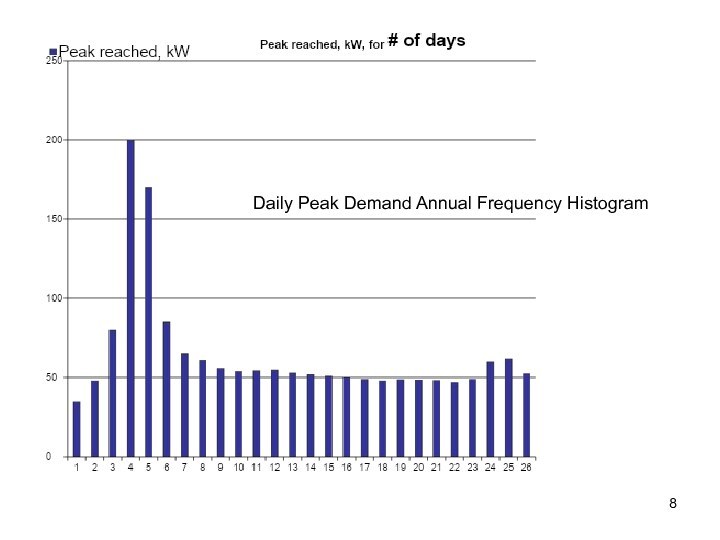
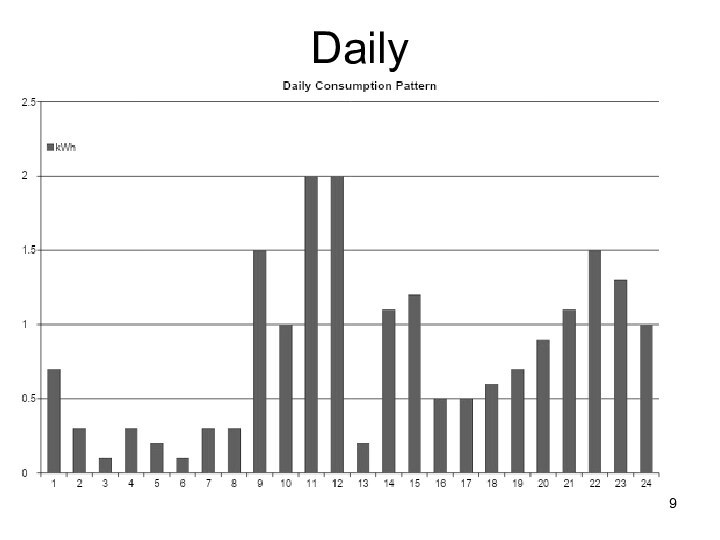
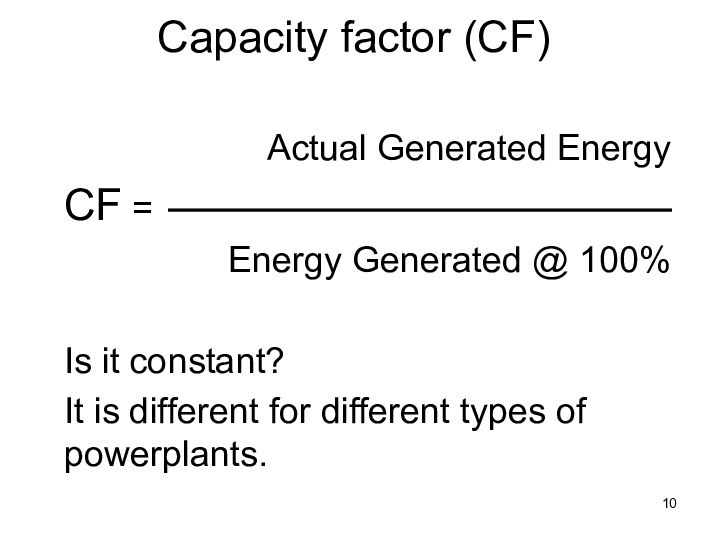


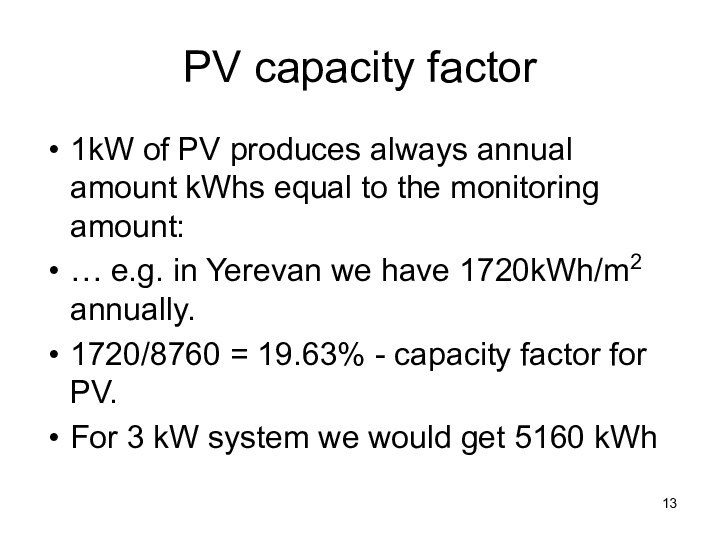
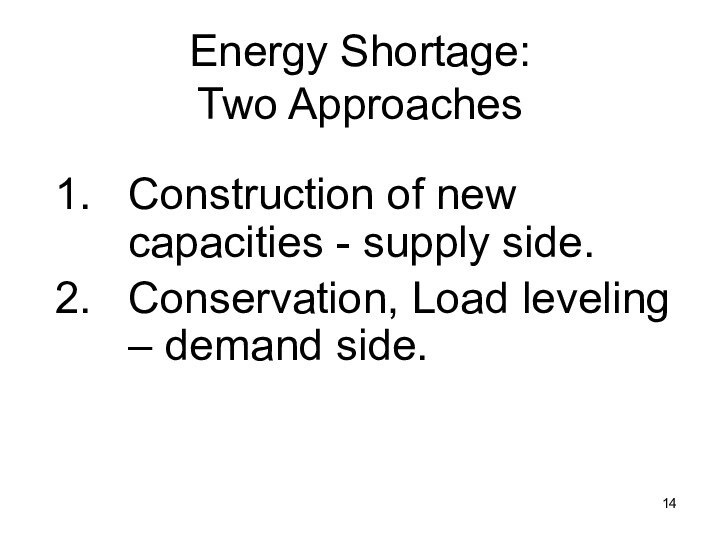


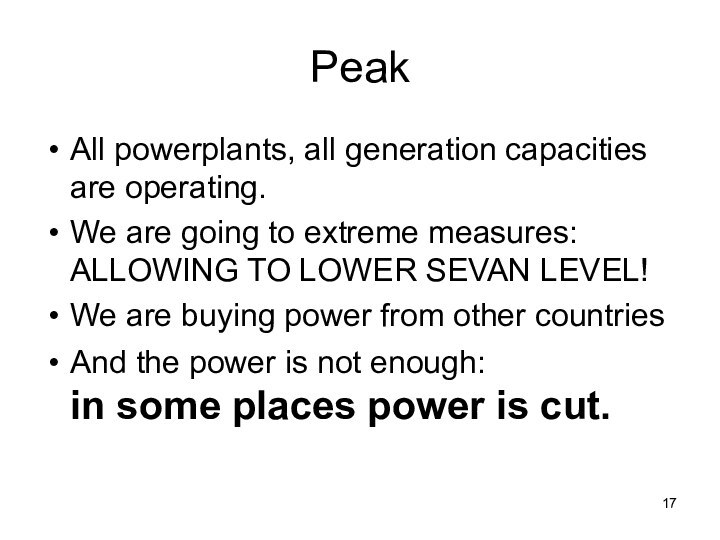

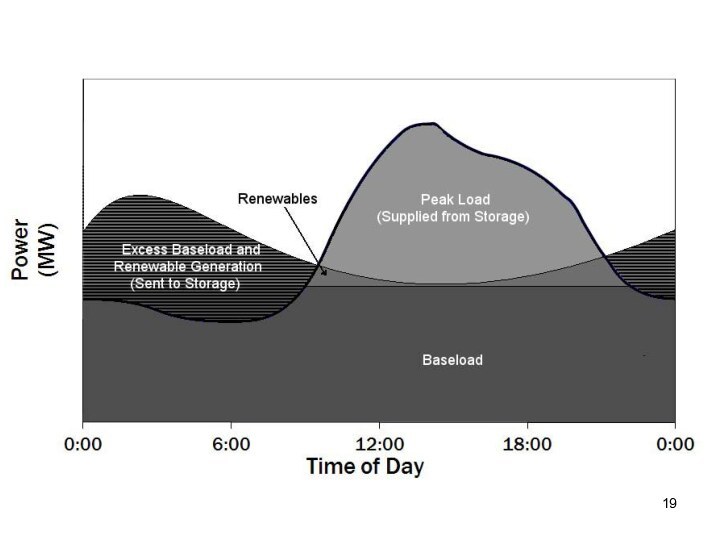
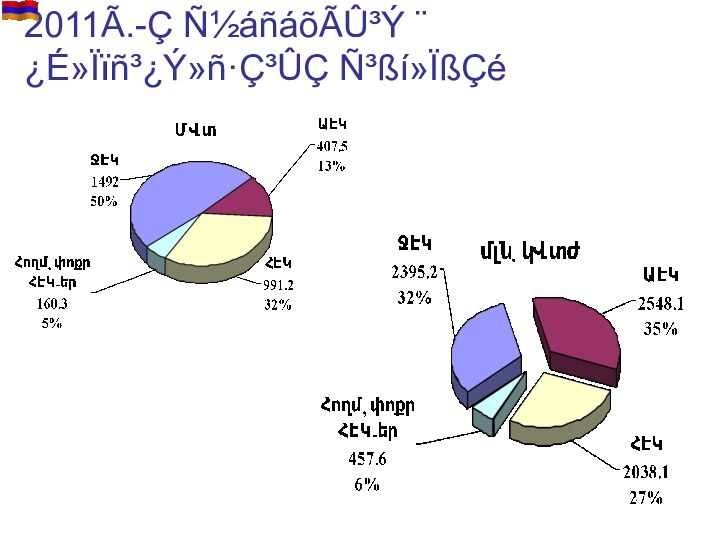
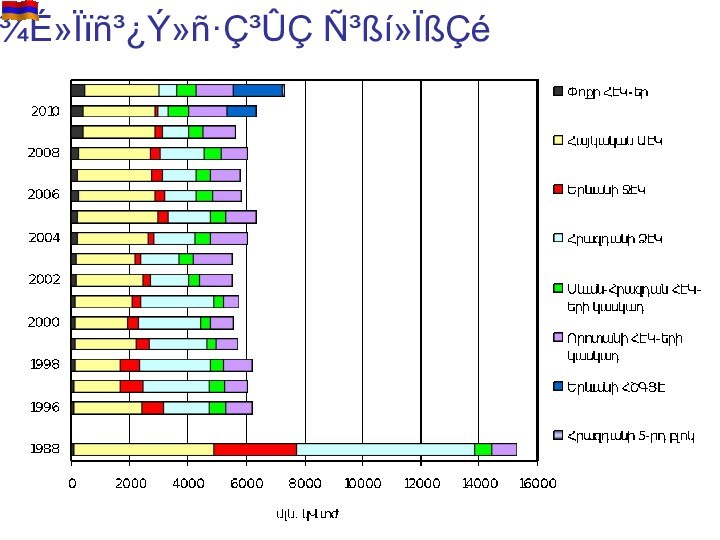
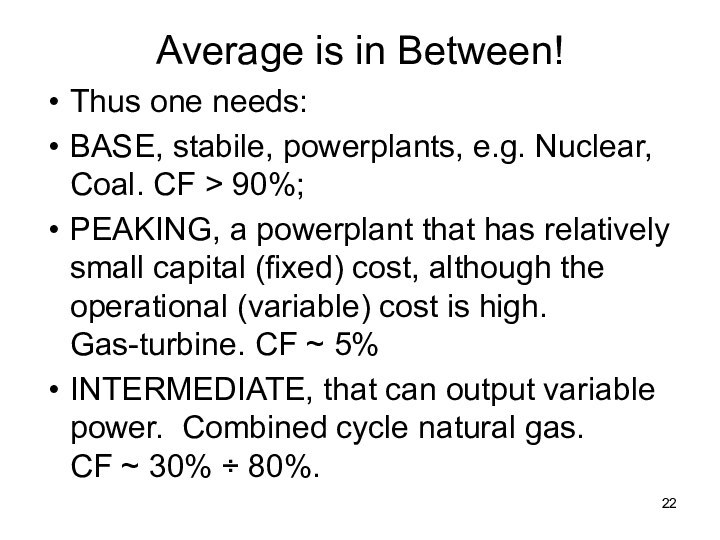
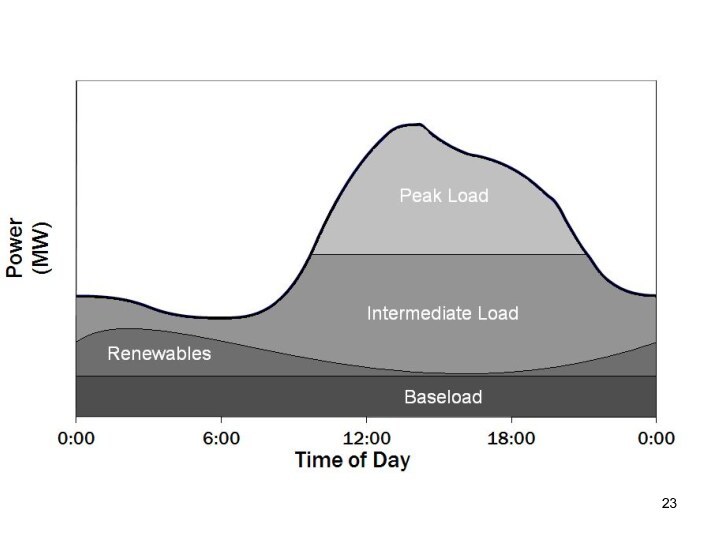

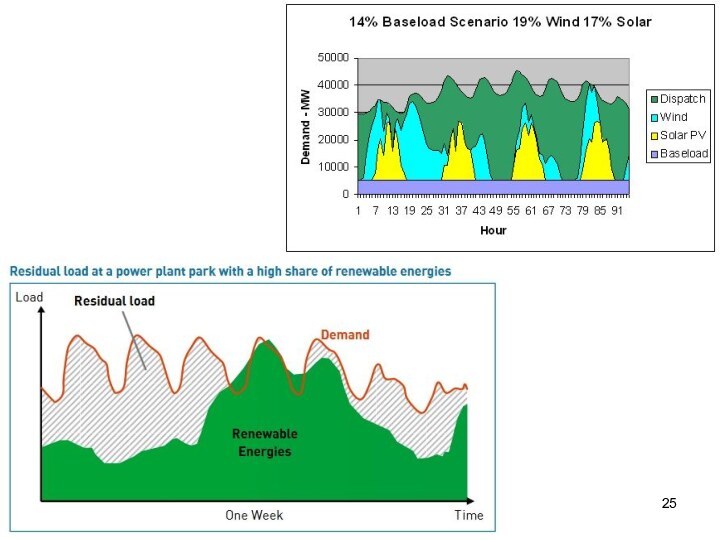
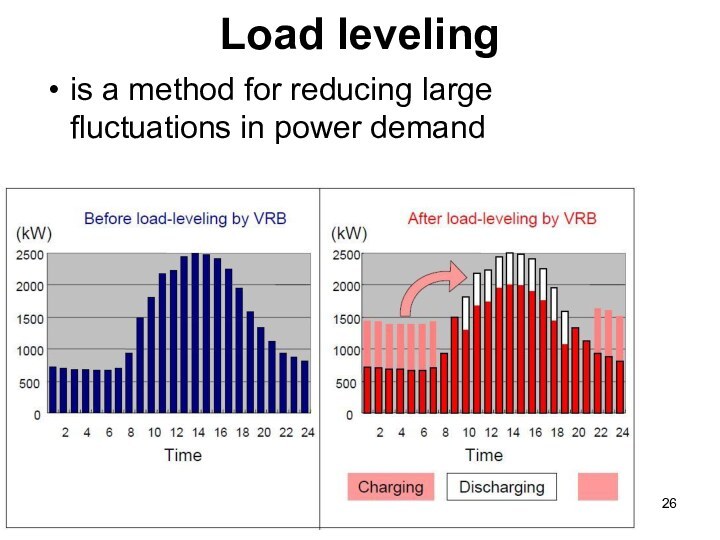
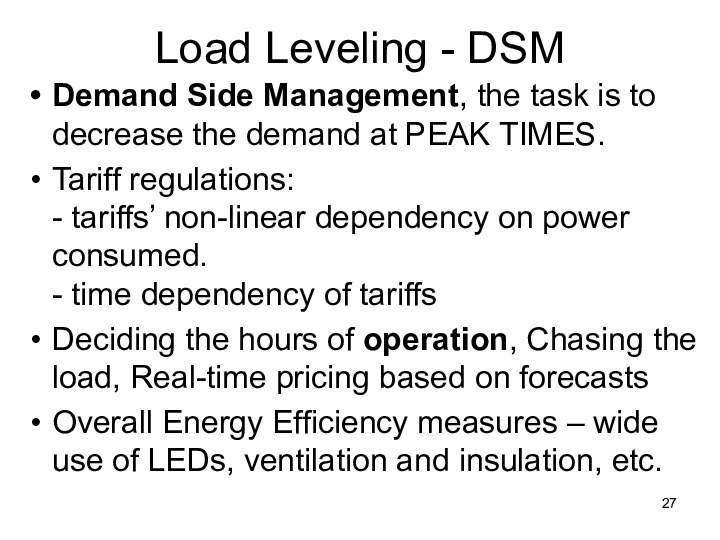
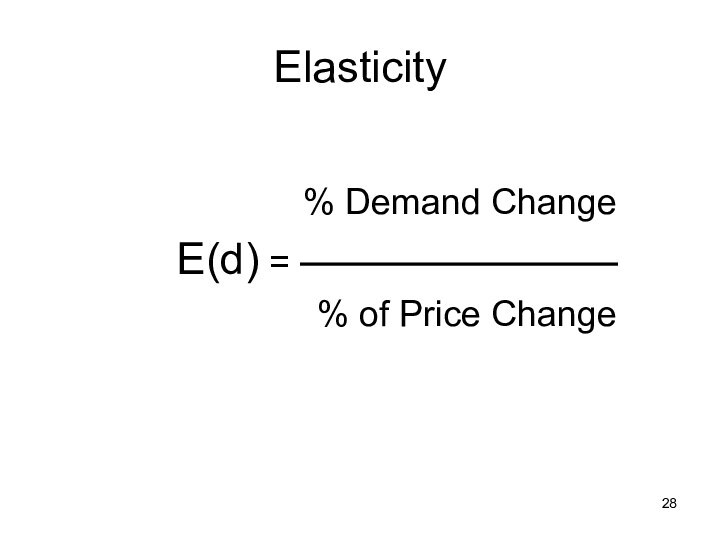
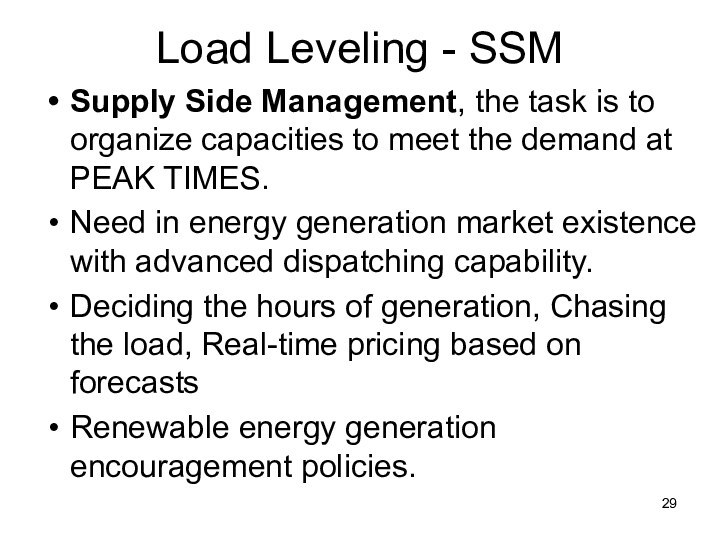

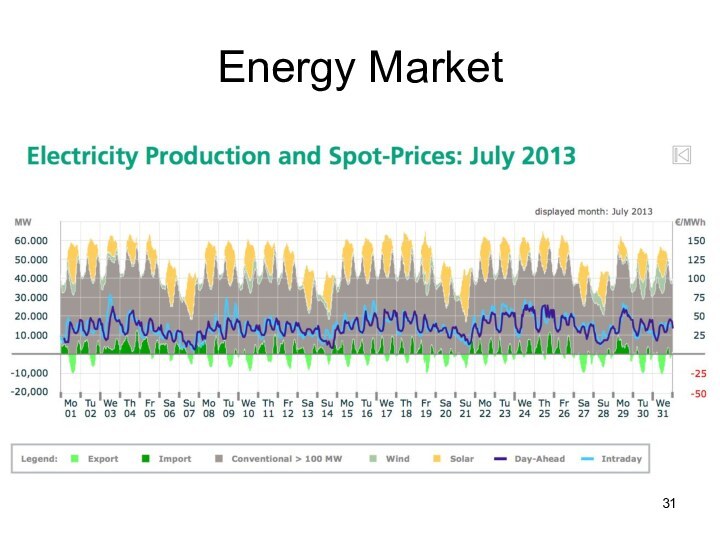
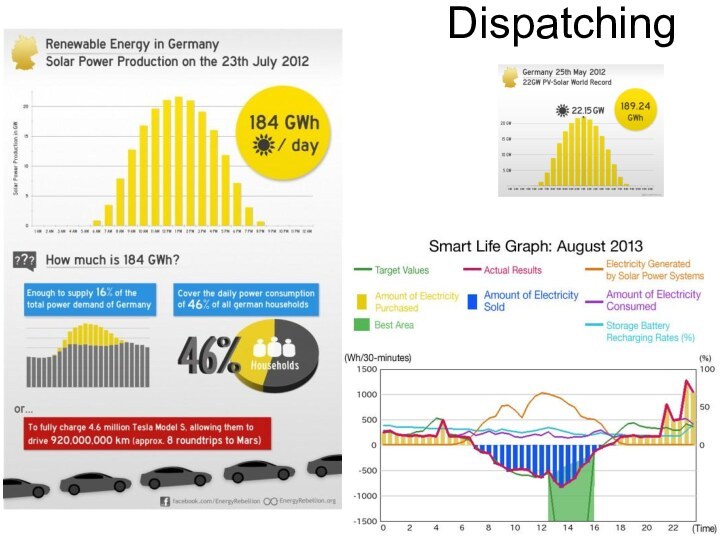

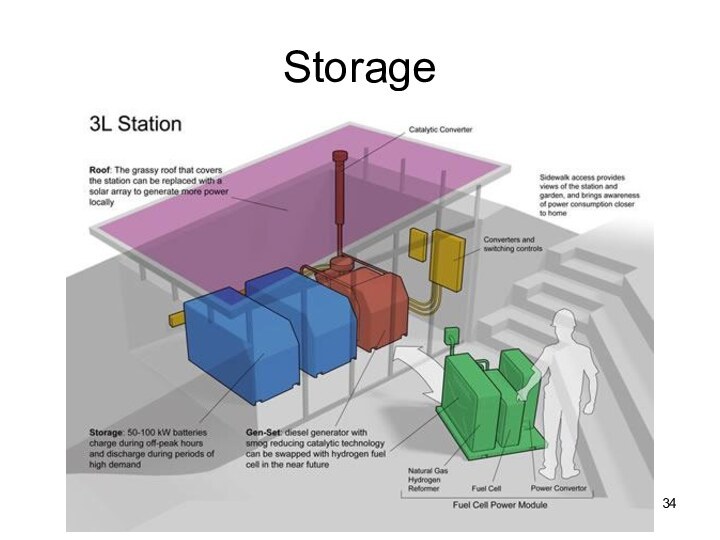
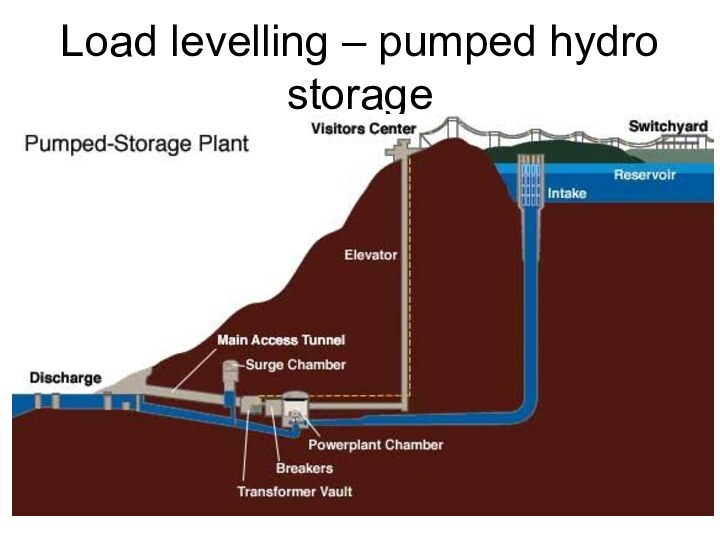
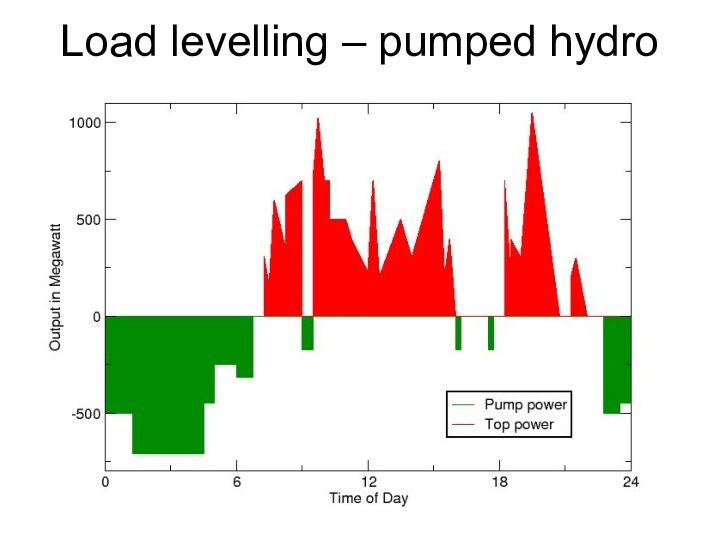


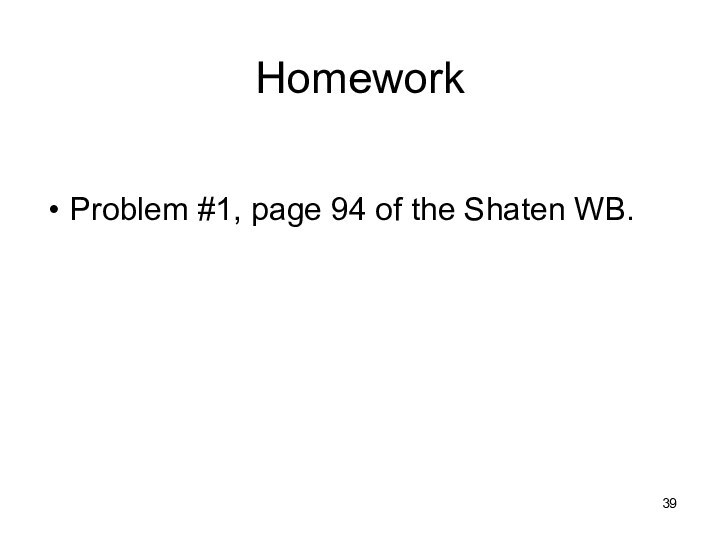
Слайд 2
A problem
AUA average power consumption rate is:
75 kW.
Large
Auditorium Lighting ONLY takes: 120 kW.
generator.
Слайд 4
Capacity & Demand
Investment is needed to add the
physical Stock of Capital.
Capital Stock =
= Installed Capacity
=
= Size = Power, In …
Слайд 5
Capacity & Demand
Power shortage means:
Peak demand > Installed
capacity
Energy shortage means:
Not enough fuel to generate power.
Слайд 6
Load curves
Electric power demand = load
Load curves, regular
(periodic):
Daily
Weekly
Seasonal
Per shift, other…?
Plus a stochastic component.
Слайд 10
Capacity factor (CF)
Actual Generated
Energy
CF =
Energy Generated @ 100%
Is it constant?
It
is different for different types of powerplants.
Слайд 13
PV capacity factor
1kW of PV produces always annual
amount kWhs equal to the monitoring amount:
… e.g. in
Yerevan we have 1720kWh/m2 annually.1720/8760 = 19.63% - capacity factor for PV.
For 3 kW system we would get 5160 kWh
Слайд 14
Energy Shortage:
Two Approaches
Construction of new capacities -
supply side.
Conservation, Load leveling – demand side.
Слайд 17
Peak
All powerplants, all generation capacities are operating.
We are
going to extreme measures: ALLOWING TO LOWER SEVAN LEVEL!
We
are buying power from other countriesAnd the power is not enough: in some places power is cut.
Слайд 22
Average is in Between!
Thus one needs:
BASE, stabile, powerplants,
e.g. Nuclear, Coal. CF > 90%;
PEAKING, a powerplant that
has relatively small capital (fixed) cost, although the operational (variable) cost is high.
Gas-turbine. CF ~ 5%INTERMEDIATE, that can output variable power. Combined cycle natural gas. CF ~ 30% ÷ 80%.
Слайд 27
Load Leveling - DSM
Demand Side Management, the task
is to decrease the demand at PEAK TIMES.
Tariff regulations:
- tariffs’ non-linear dependency on power consumed.
- time dependency of tariffsDeciding the hours of operation, Chasing the load, Real-time pricing based on forecasts
Overall Energy Efficiency measures – wide use of LEDs, ventilation and insulation, etc.
Слайд 29
Load Leveling - SSM
Supply Side Management, the task
is to organize capacities to meet the demand at
PEAK TIMES.Need in energy generation market existence with advanced dispatching capability.
Deciding the hours of generation, Chasing the load, Real-time pricing based on forecasts
Renewable energy generation encouragement policies.
Слайд 30
European policy
In 2007, the EU was importing 82%
of its oil and 57% of its gas, which
then made it the world's leading importer of these fuels.Only 3% of the uranium used in European nuclear reactors has been mined in Europe. Russia, Canada, Australia, Niger and Kazakhstan were the five largest suppliers of nuclear materials to the EU, supplying more than 75% of the total needs in 2009.
In 2015, the EU imports 53% of the energy it consumes. In January 2014, the EU agreed to a 40% emissions reduction by 2030, compared to 1990 levels, and a 27% renewable energy target.
Слайд 37
RA gasification level ~94%
Length of the main pipelines 14 050
km
Number of gasified communities 576
Number of consumers (01.03.2012) 627 065
potential consumers 80 444Import, mln. m3 2 069/1 765
Abovian Underground
Gas Storage facility 129 mln.m3
Gas Supply System
Main Indicators (as of 31.12.2011)

